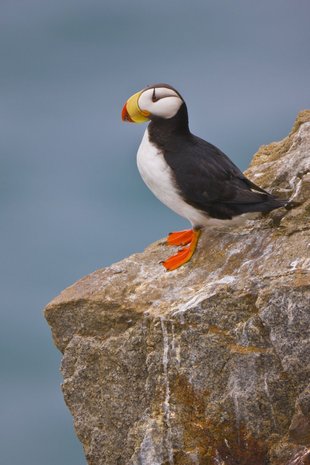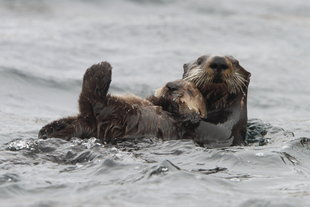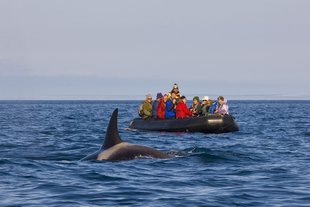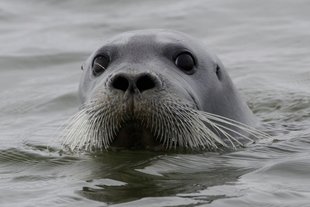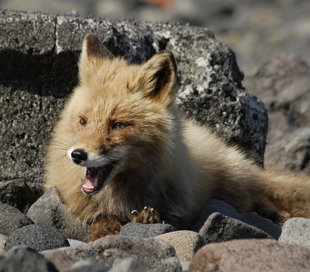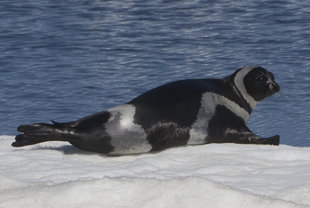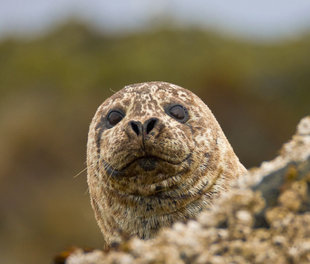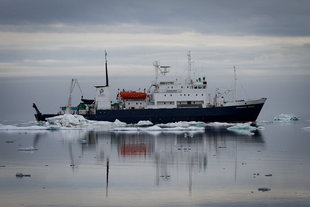Stretching for 1300 km, from the Kamchatka Peninsula in the North to the Japan's Hokkaido Island in the South, the 56 islands of the Kuril chain have been formed, and continue to grow, through massive volcanic activity as the floor of the Pacific Ocean sinks beneath the Asian Continent. 100 Volcanoes make up the islands, 40 of which are still very much active. The volcanic nature of these islands has created some truly remarkable landscapes throughout the chain.
Surrounded by a stormy but rich marine environment at the meeting point between the sea of Okhotsk and Pacific, the islands have a land environment that ranges from Sub-Arctic Tundra on the northern islands, to spruce and larch forest covered in the south. On the northern and southern islands, red & Arctic foxes, brown bears, martins and deer have migrated onto the islands from Kamchatka & Japan, but the islands standout wildlife feature is its huge colonies of oceanic birds and marine life.
Guillemots, auklets, petrels, northern fulmars, tufted puffins and kittiwakes nest on cliffs and predator free islands throughout the chain, feeding on rich populations of squid and fish concentrated by the meeting of the cold Okhotsk and warm Oyashio Currents. Marine mammals, with harbour seals, sea otters and Stellers Sea Lions also occur here, and many populations are healthy and in some cases increasing.
Below is a description of some of these remarkable but little visited islands:
Altasova Island is the northernmost and highest of the Kuril Islands. It is the location of the beautiful classic cone of Volcan Alaid, which rises to a dramatic 2,339m. Despite covering 119 km², this island has no permanent human population.
Matua Island, near the centre of the Kuril chain, Matua boasts one of the islands' most active volcanic peaks. One of its volcanoes (1496m) most recently erupted in 2009 on a scale large enough to effect international flight routes in the region. The name of the island, which comes from the islands indigenous language, means 'Hellmouth', almost certainly as a reference to mountains precipitous crater. Matua was the site of many battles between the Japanese and American forces in World War 2.
Yankicha Island is dominated by a huge volcanic crater (1.6 km across) which has been flooded by the ocean and can now be explored by small boats, which can be driven right inside the crater. In addition to the spectacular backdrop sea otters can often be spotted in the lagoon. The cliffs are covered with huge and noisy colonies of Kittiwakes, Whiskered Auklets and Thick Billed Murres. The seas around this island are a good place to look for Northern Pacific Albatrosses - one of the three species of albatross that exist in the northern hemisphere. Like many of these islands they now have no permanent human population.
- UK: +44 (0)1428 620012
- NORTH AMERICA: +1 857 2500680

